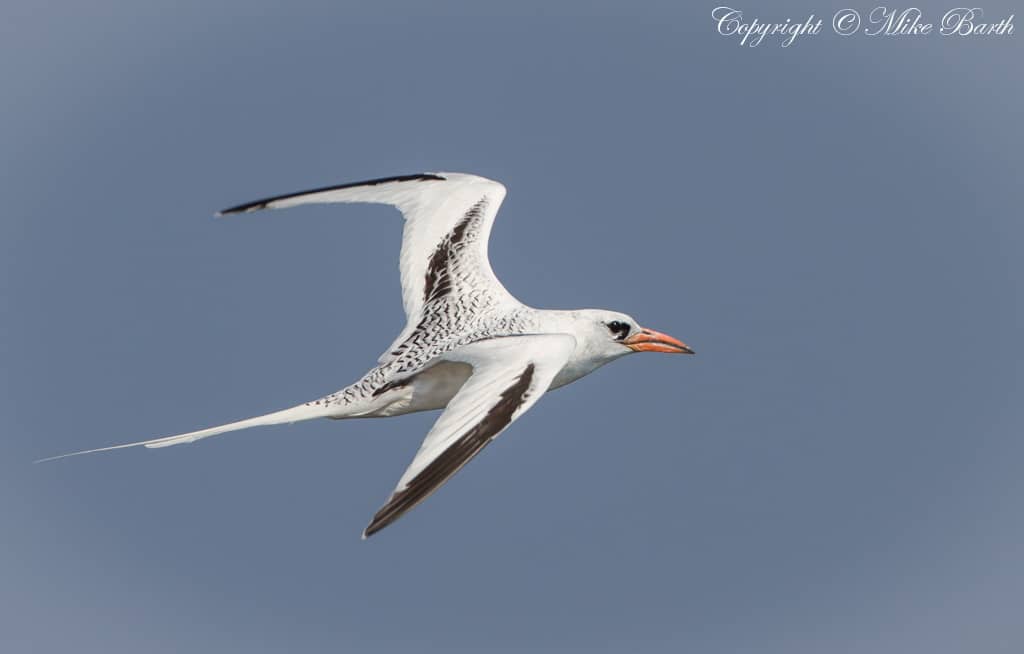I recently had the pleasure to be invited along with a small group to the island of Qarnein which is situated off the mainland of the UAE 180km north-west of Abu Dhabi and can be found here at 24°56’7.00″N,52°50’59.00″E.
Back in 2003 the island of Qarnein and its surrounding waters were been declared as a ‘Gift to the Earth’ by the World Wide Fund for Nature International.The announcement followed the designation of Qarnein and its unique ecosystem as a Marine Protected Area (MPA), the first internationally-recognised reserve of its type in the Arabian Gulf.
The declaration of the MPA status for Qarnein was announced by HH Sheikh Hamdan bin Zayed Al Nahyan, UAE Minister of State for Foreign Affairs and Deputy Chairman of the Abu Dhabi-based Environmental Research and Wildlife Development Agency (ERWDA), who has personally been instrumental in affording protection to the Island’s marine and terrestrial habitats following traditional Islamic principles of conservation and natural resource management.
Qarnein island, which has an area of approximately 300 hectares, has a combination of natural characteristics not normally found amongst islands of the Gulf. Coral reef, seagrass and sandy bottom ecosystems exist offshore, while the island itself is a site of regional and international importance for breeding seabirds.
Lesser-crested Terns, Swift (crested) Terns, Bridled Terns, Saunders’ Terns, White-cheeked Terns, Sooty Gulls and Red-billed Tropicbirds are among the species breeding on the island. Some of these colonies are thought to contain more than 1% of the total world breeding population of the species and are, therefore, considered to be of international importance. The island has already been acknowledged by Birdlife International as an Important Bird Area in the Middle East.
This was not breeding season for any of the Tern species and so were seen only in small numbers , however it was the season for the Tropicbirds and was certainly the focus of my attention during my time on the Island.
The Red-billed Tropicbird occurs in the tropical Atlantic, eastern Pacific and Indian Oceans The Indian Ocean race, P. a. indicus, was at one time considered a full species, the Lesser Red-billed Tropicbird from Pakistan and western India. It breeds on tropical islands laying a single egg directly onto the ground or a cliff ledge. It disperses widely when not breeding, and sometimes wanders far. They feed on fish and squid, but are poor swimmers.








Mike Barth
Mike Barth, a photographer from Manchester England, was based in Dubai in the UAE from 2004 to 2016. He has travelled regularly to Africa and Asia and has had the pleasure of birding in some wonderful locations. A passionate bird photographer he now offers tours for small groups, maximum of 6, photographers and offers photographic tours to several locations such as Sri Lanka, India, Kenya, Ethiopia, Ghana. Please visit his site at https://www.mikebarthphotography.com for information, there you can also purchase prints in various formats.
- Web |
- YouTube |
- More Posts(25)


Leave a Reply